Antioxidants first caught people's attention in the 90s, when researchers found how antioxidants can positively impact one's health and reduce oxidative stress - the number one cause of inflammation and chronic diseases. Powered by research findings and high awareness towards health, the antioxidant category rapidly developed, proving that it is perhaps as vital for us as vitamins and minerals.

Our modern lifestyle these days takes a toll on our body’s antioxidant defence system. Pollution, pesticides, medicines, antibiotics, stress, alcohol, UV rays, unhealthy diet, lack of exercise, etc. — all contribute to more free radicals. If left uncontrolled, these unstable molecules can damage our cells and tissues, leading to many health conditions and aging.
Antioxidants are our first line of defence against these harmful molecules. Acting as natural scavengers, they stabilize free radicals and help to keep their oxidative damage to a minimum.
There are more hundred antioxidants. The most common ones are vitamin C, E, and A, lycopene, beta-carotene, selenium, zinc, and manganese. Others are coenzyme Q10, flavonoids, phenols, polyphenols, lutein, and many more. Each serves a unique role and benefits the body differently; therefore, it is not interchangeable.
There is an antioxidant defence network where each one has a specific role

but they all work well together. For example, vitamin C recycles vitamin E. Once a molecule of vitamin E neutralizes a free-radical, it turns into an inactive form. Vitamin C (ascorbic acid) converts that Vitamin E molecule back to its active antioxidant form, allowing it to fight more free radicals. Therefore, if you take a lot of vitamin E but miss out on vitamin C, you won’t experience many health benefits of antioxidants.
This synergistic effect of antioxidants is the main reason all dietitians, nutritionists, and other health promoters advice people to eat a varied diet, including a wide range of fruits, vegetables, whole grains, and legumes.
Many observational studies have also suggested that people who consume a more significant amount of antioxidant-rich foods by eating different foods have a lower risk of certain diseases than those who don’t. For instance, a study published in the American Journal of Medicine in October 2012 conducted on more than 32,000 Swedish women for ten years concluded that those whose diets contained a significant amount of antioxidants had a 20% lower risk of a heart attack compared with women who consumed less.
Here is a list of the most common antioxidants with their specific role and the common food sources to include in daily diet:
Take Away
A healthy and well-balanced diet that includes various antioxidant-rich whole foods such as fruits, berries, green vegetables, seeds, nuts, etc.,

is the best and most effective way to get the antioxidants your body needs. If you insist on taking a supplement, seek the ones that contain antioxidants and nutrients derived from whole foods rather than those that are synthetically sourced. Try out Wellbeing Nutrition's Daily Greens for your daily dose of antioxidants!
References:
- Antioxidants in health and disease, I S Young, J V Woodside, Journal of Clinical Pathology, The British Medical Journal, http://dx.doi.org/10.1136/jcp.54.3.176, (https://jcp.bmj.com/content/54/3/176)
- Free Radicals, Antioxidants in Disease and Health, Lien Ai Pham-Huy, Hua He, and Chuong Pham-Huy, International Journal of Biomedical Science, 2008, (https://www.ncbi.nlm.nih.gov/pmc/articles/PMC3614697/)
- Total Antioxidant Capacity from Diet and Risk of Myocardial Infarction: A Prospective Cohort of Women, Susanne Rautiainen, MSc, Emily B. Levitan, DrPh, Nicola Orsini, PhD, Ralf Morgenstern, PhD, Murray A. Mittleman, MDDrPh, Alicja Wolk, DrMedSci, The American Journal of Medicine 2012 (https://www.amjmed.com/article/S0002-9343(12)00328-2/fulltext)












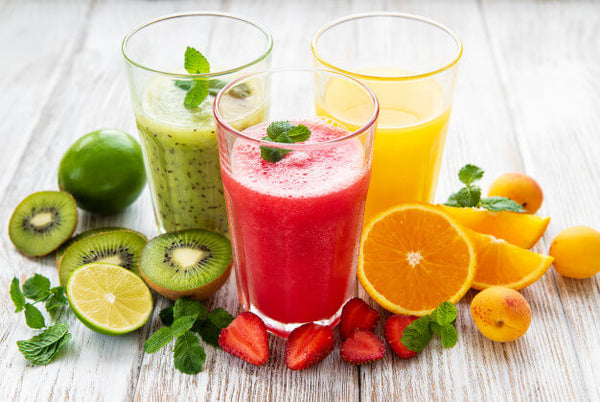



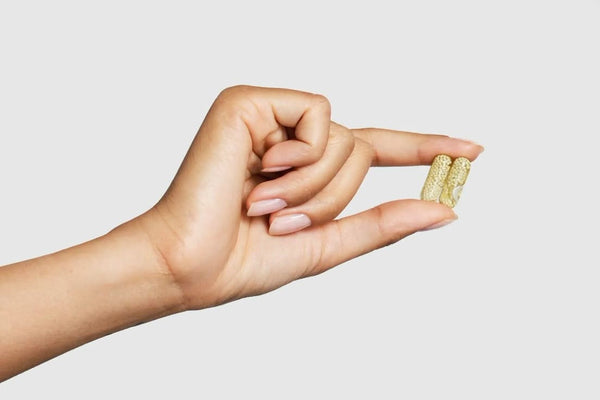
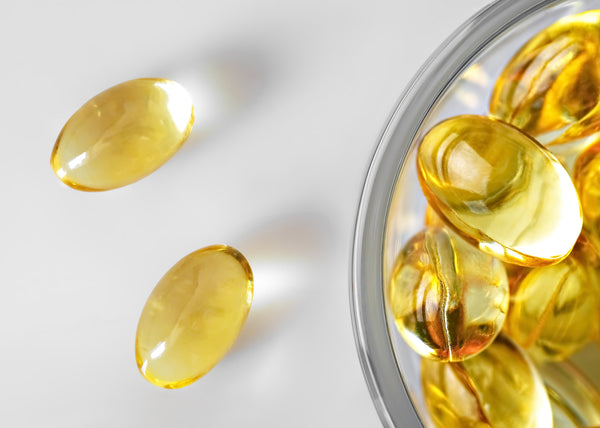
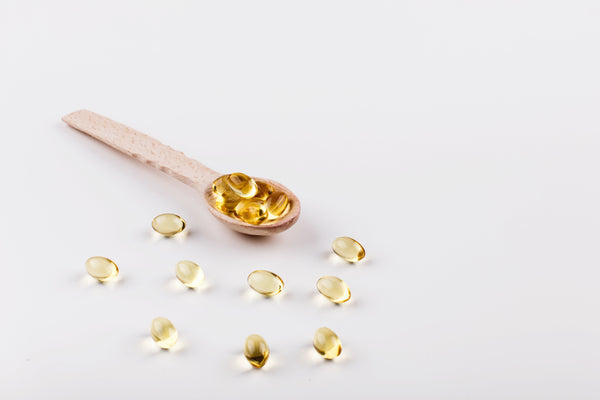
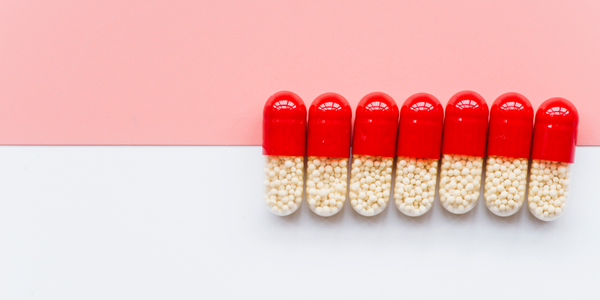







 DOWNLOAD NOW
DOWNLOAD NOW
